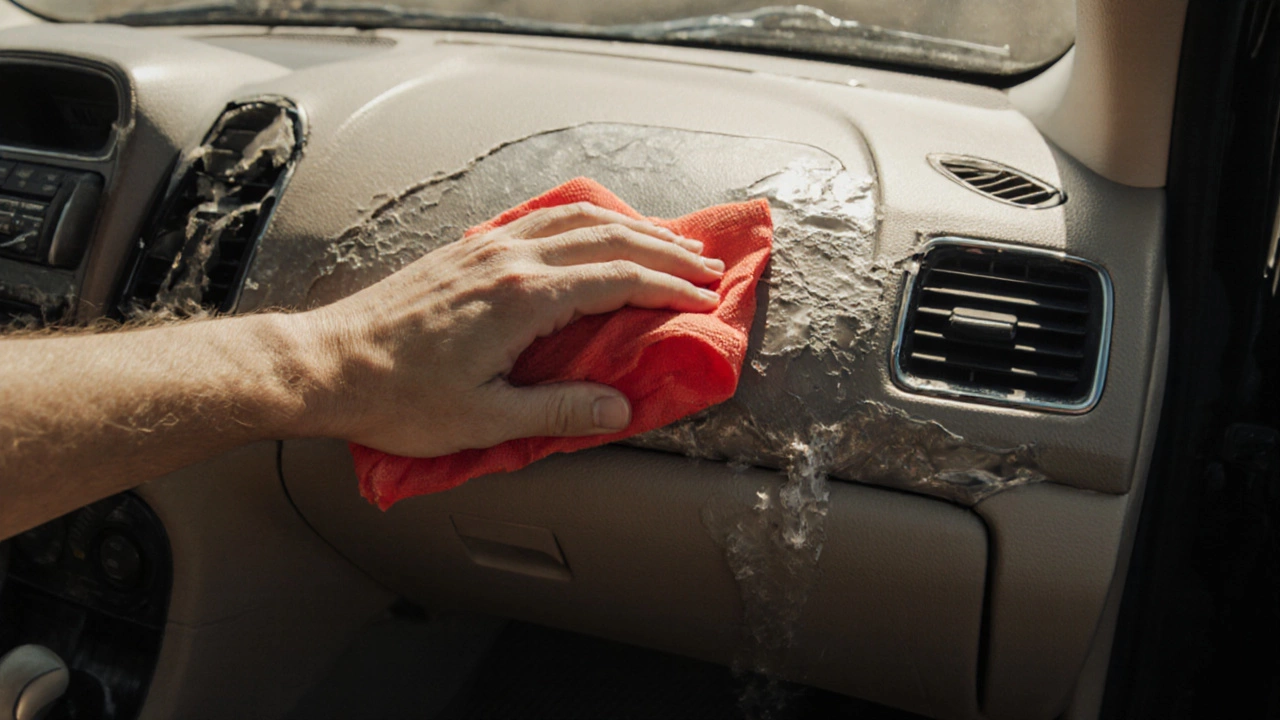Clorox on Leather: What You Need to Know Before Using It on Your Car
Using Clorox on leather, a strong bleach-based cleaner often mistaken for a universal disinfectant. Also known as household bleach, it can break down the natural oils in leather, causing cracks, fading, and permanent damage. Many people reach for Clorox when they see a stain on their car seats, thinking it’s a quick fix. But leather isn’t just fabric—it’s a living material that needs moisture, not chemicals. Even a diluted spray can dry out the surface, making it brittle over time. If you’ve ever seen a leather seat turn stiff or crack after a deep clean, chances are bleach was involved.
What most people don’t realize is that leather car seats, a common feature in upgraded vehicles and high-end interiors rely on protective coatings and natural fats to stay soft and resilient. Clorox strips those away. And if your car has a vinyl wrap, a popular alternative to paint that mimics leather or glossy finishes, the risk is even higher. Bleach can lift the edges of the wrap, cause discoloration, or leave a sticky residue that traps dirt. You’re not cleaning—you’re setting up future problems.
Instead of Clorox, stick to products made for automotive leather: pH-balanced cleaners, conditioners with lanolin or beeswax, and microfiber cloths. A simple mix of mild soap and water works better than most store-bought sprays. And if you’ve got a stubborn stain? Try a dedicated leather stain remover—no bleach needed. The truth is, most stains on car interiors come from food, sweat, or dirt, not bacteria. You don’t need a hospital-grade cleaner to fix them.
What you’ll find below are real guides from people who’ve been there—cleaning leather without wrecking it, fixing dried-out seats, and protecting wraps from accidental spills. You’ll see what actually works, what gets thrown out after one use, and how to avoid the most common mistakes that cost people hundreds in repairs. No fluff. Just what you need to keep your interior looking new without risking the material.
Clorox wipes may seem convenient for cleaning your car interior, but they can damage leather, plastic, and touchscreens over time. Learn what’s safe to wipe down and what cleaners actually work for cars.

